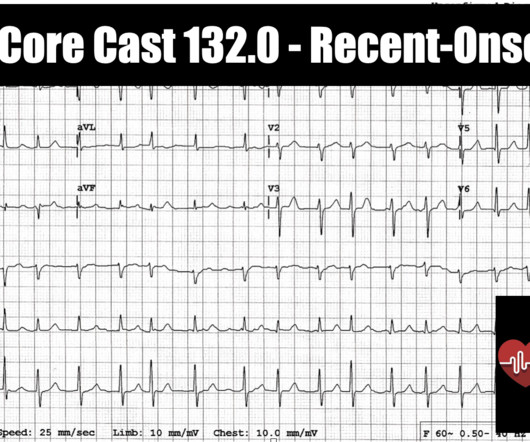REBEL Cast Ep116: The CLOVERS Trial – Restrictive vs Liberal Fluids in Sepsis-Induced Hypotension
RebelEM
MAY 18, 2023
Background: IV fluids are part of the standard resuscitation bundle in septic shock, however it is unclear if they provide a significant benefit. The goal of the trial was to see if early vasopressors improved shock control by 6 hours. This resulted in better shock control by 6hrs (76.1% Liberal: 14.9% Liberal: 14.9%
























Let's personalize your content